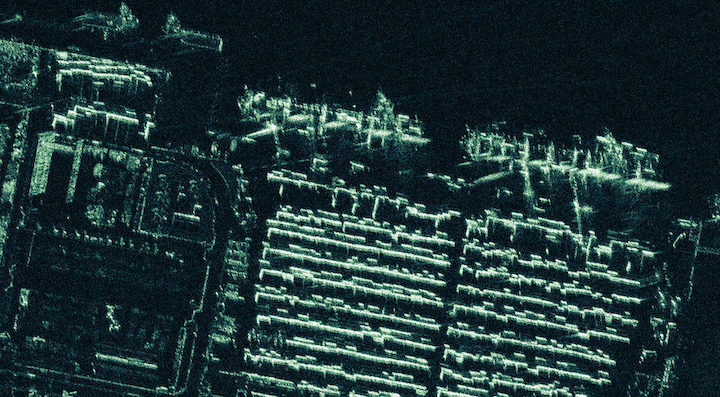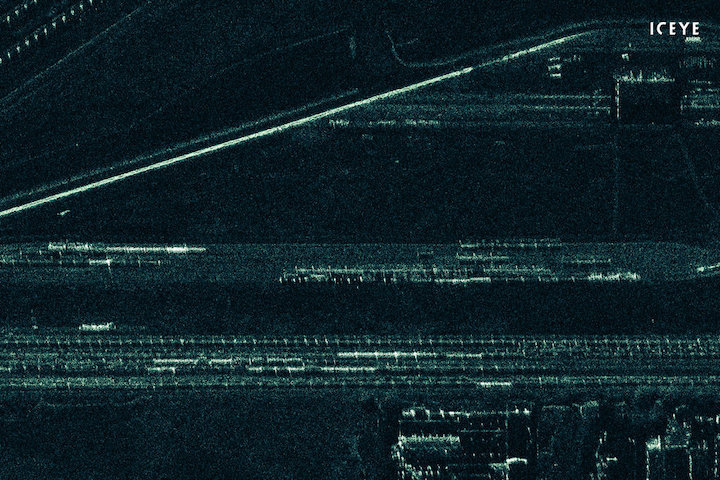10.08.2019

LOGAN, Utah — Iceye is publicly releasing its first synthetic aperture radar (SAR) satellite imagery with a resolution of less than one meter.
“Under one-meter resolution imaging from SAR satellites under 100 kilograms is a remarkable technological achievement,” Iceye CEO Rafal Modrzewski told SpaceNews by email. “It helps in solving a different set of Earth observation challenges than lower resolution imaging.”
Finland-based Iceye launched the first commercial SAR microsatellite, Iceye-X1, in January 2018 and the second, Iceye-X2, in December 2018 to provide government and commercial customers with imagery day, night and through clouds.
Iceye-X2 calls its high-resolution product Spotlight.
“The SAR satellite images the same location for a longer period of time as it is flying by, ultimately giving you more data from each specific point on the ground,” Modrewski said. “This translates into a higher resolution image.”

Iceye-X2 also captures medium-resolution, medium-swath imagery called Stripmap and extremely wide swath imagery called Scansar.
“Monitoring large areas of interest for meaningful changes may require larger images, which translate to lower resolutions,” Modrzewski said. “By first detecting meaningful changes at lower resolutions, a SAR satellite constellation then enables you to very quickly pinpoint the next satellite flying over that location to take a detailed high-resolution view.”
With high resolution imagery, Iceye customers can distinguish between small objects and classify larger objects like vessels at sea, train cars or shipping containers at ports more easily than with lower resolution imagery, Modrzewski said.
Iceye plans to launch at least five more satellites in 2019. The company is continually looking for ways to improve the performance of its space and ground systems, Modrzewski said in a recent interview.
“With this approach, we will continue to respond to the needs of our current customers when we define what technological challenges we tackle next,” Modrzewski said. “I’m proud to say that Iceye’s teams have a solid track-record on knocking down challenges that may have been considered too hard for small SAR satellites before — and we’re not stopping here.”
Quelle: SN
